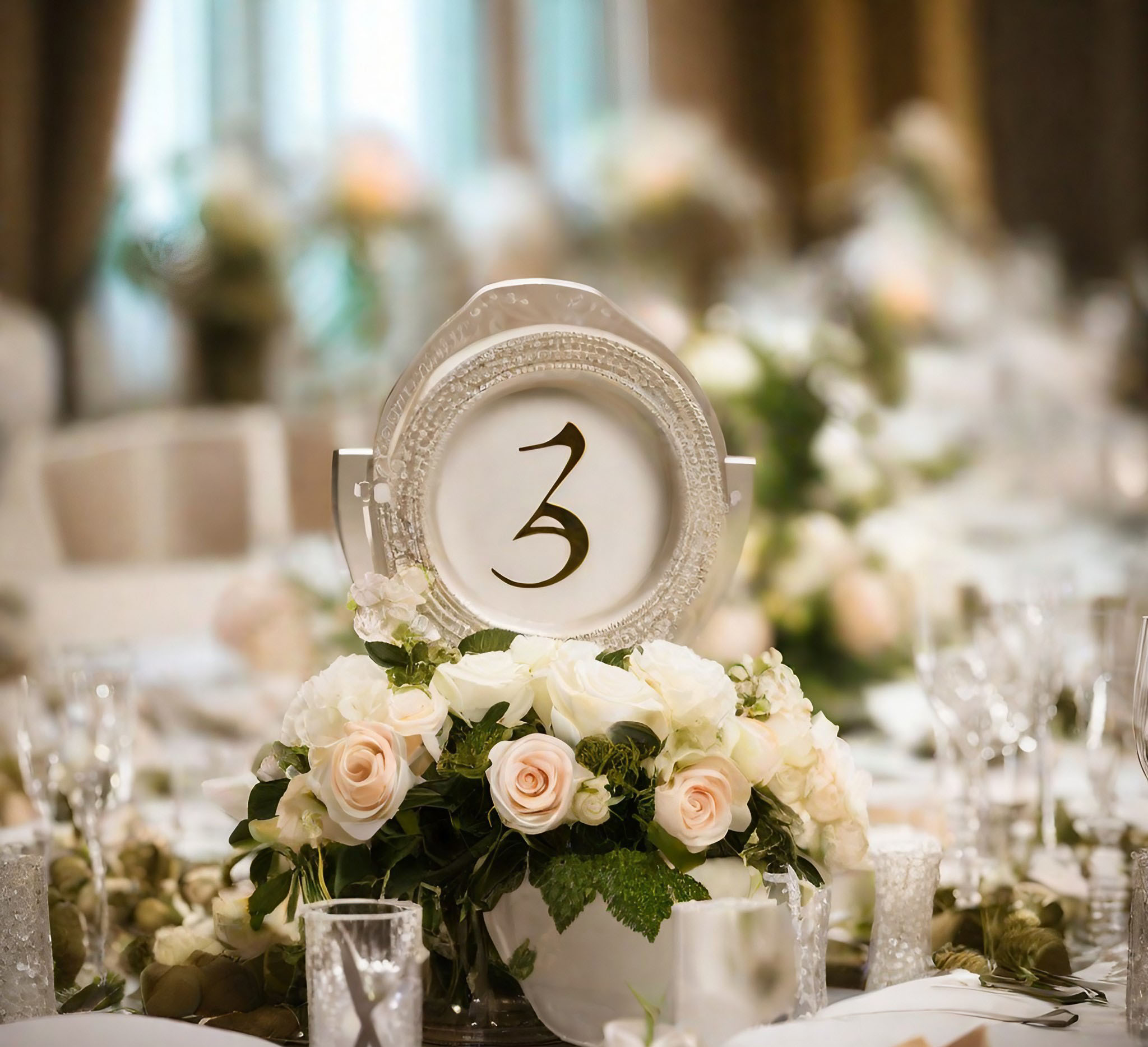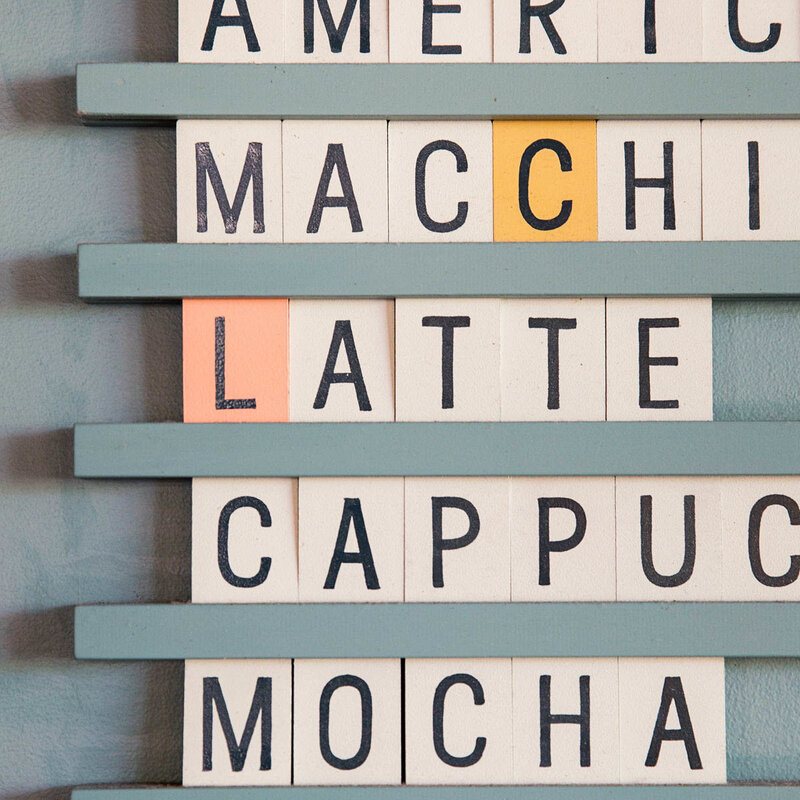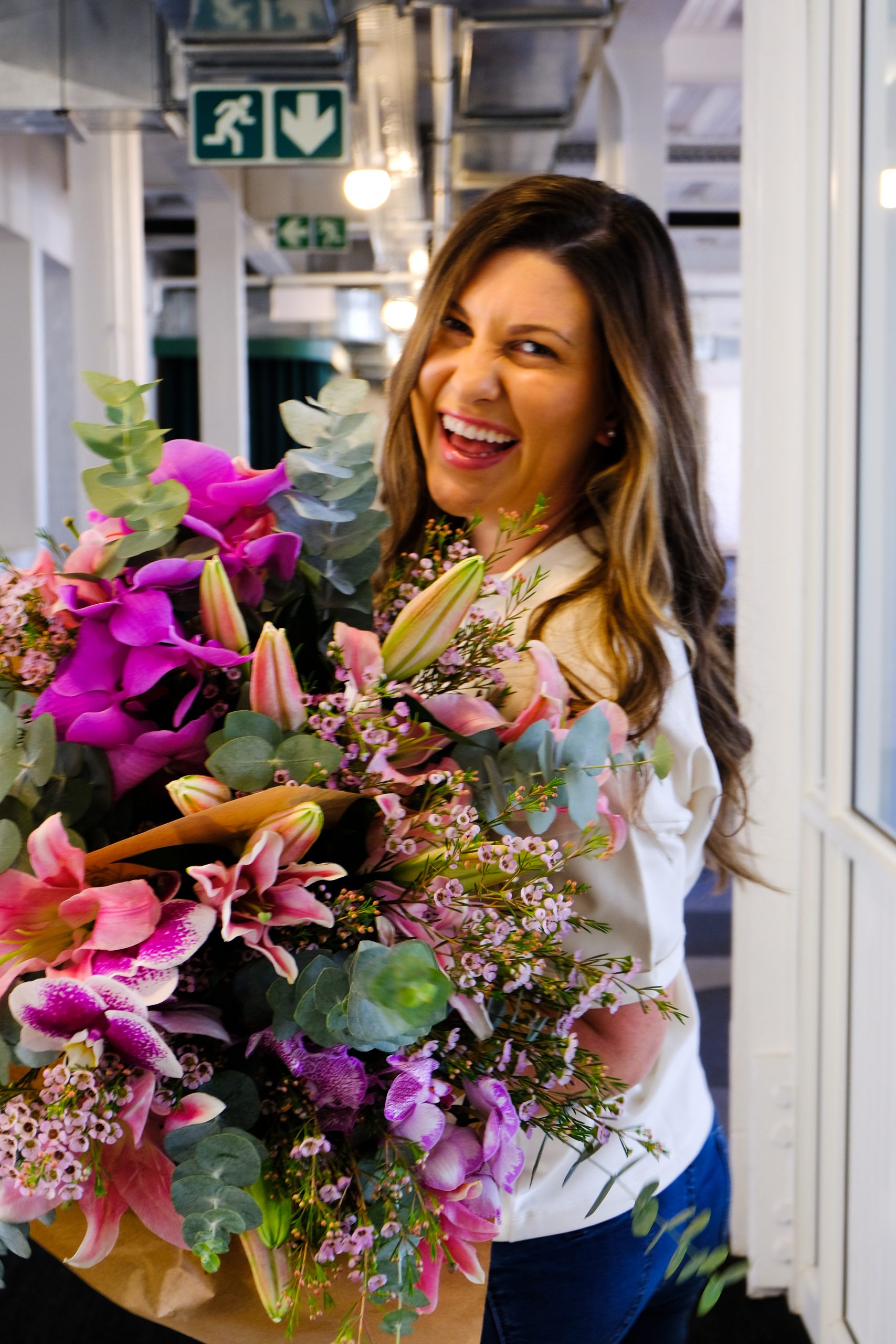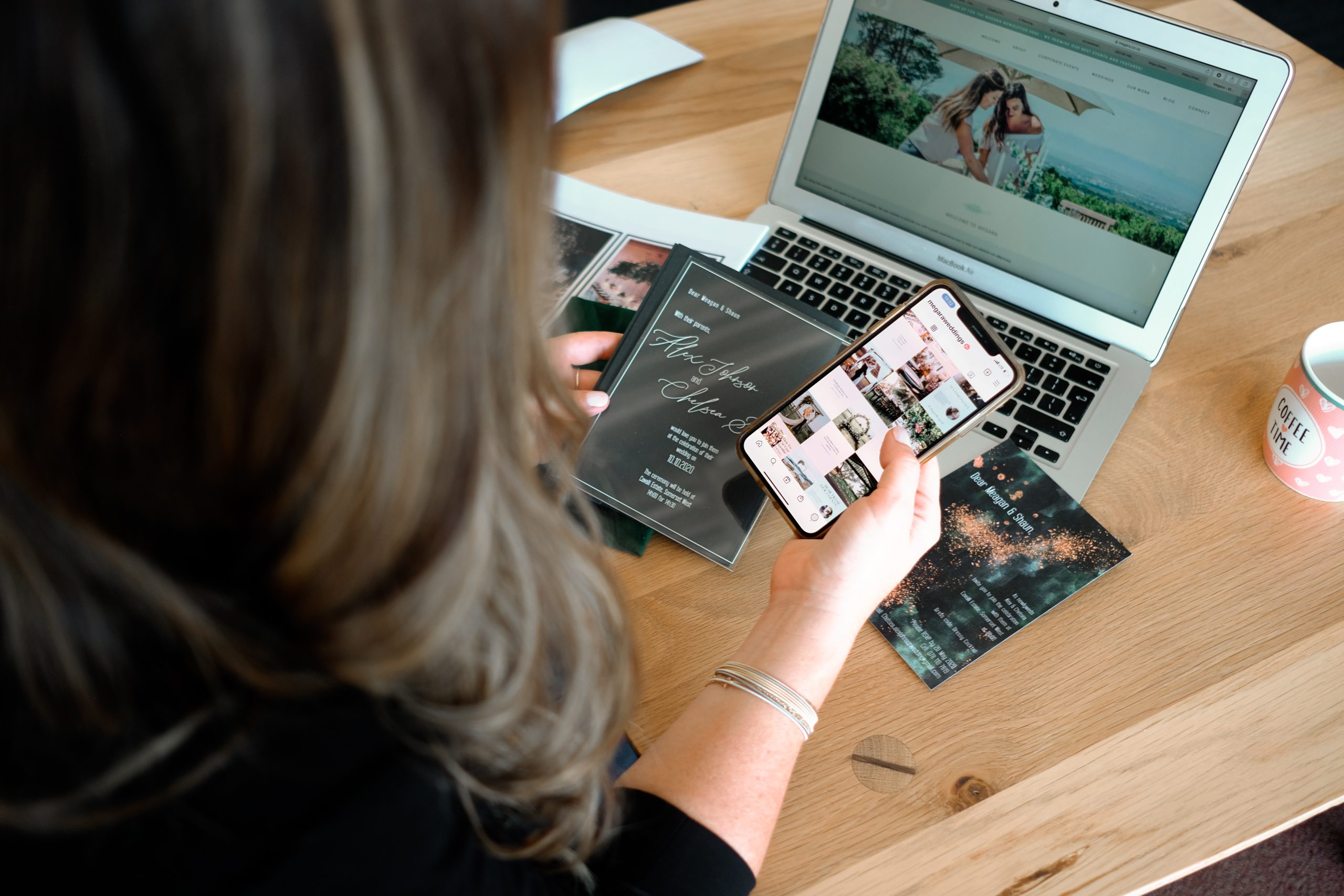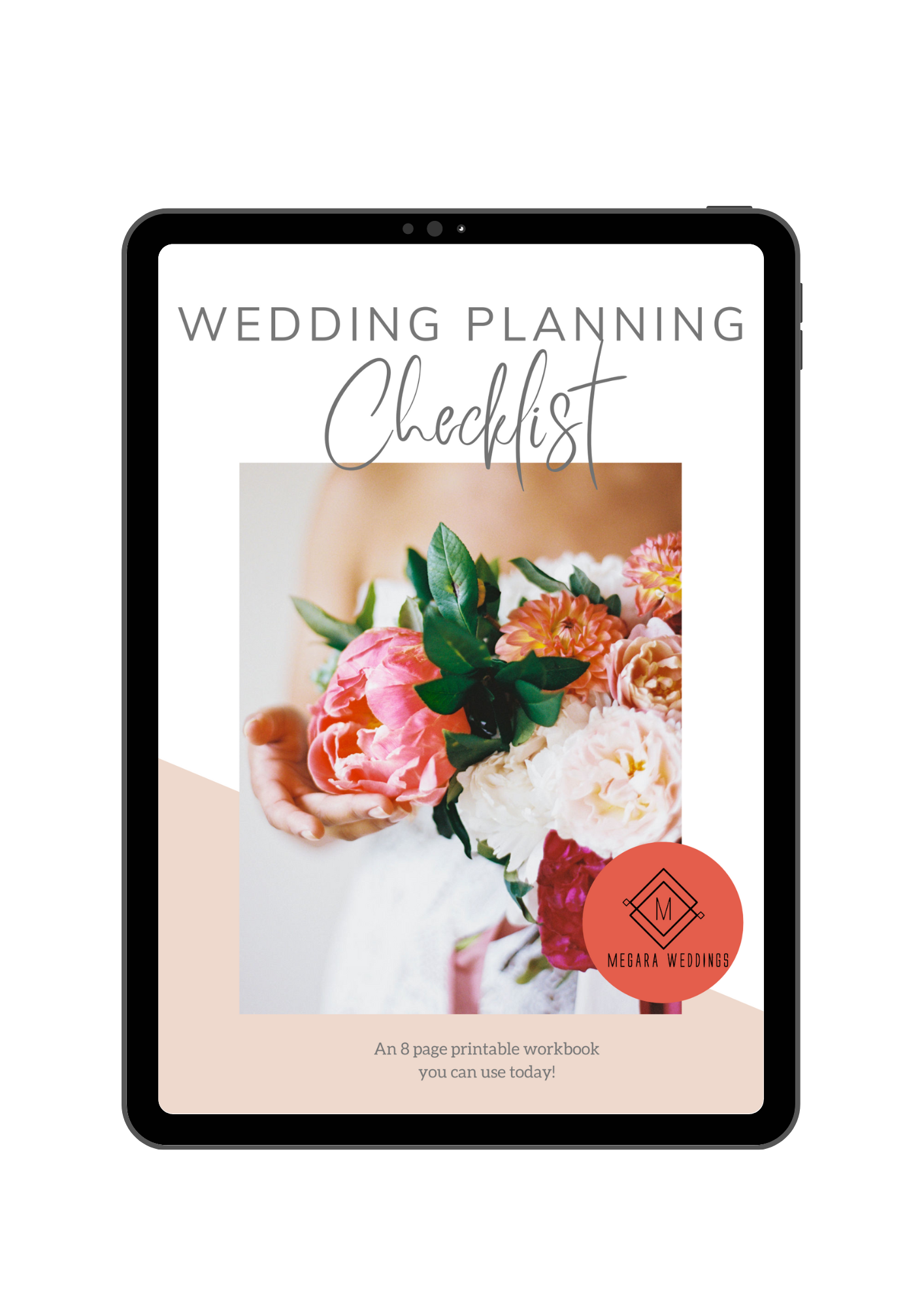Once the RSVPs to your wedding are in and most of the details for the big day are sorted, it is time to consider your seating arrangements! Planning who should sit next to whom requires some thought and tact, but is by no means an impossible task. It may seem pivotal to have each guest seated in the perfect spot, however, ease some of that pressure on yourself and remember that the reception meal at your wedding is only one portion of the whole day. Your seating layout is simply a way to help the formalities run a little smoother and give you a chance to relax and enjoy the festivities to celebrate your union.
We have put together a step-by-step guide to help you as you map out your seating plan, and have some fun along the way!
Do you need a seating plan?
Whether or not you choose to have assigned seats is completely up to you. Small, intimate weddings or receptions where the meal is served in a unique way rather than plated, can work well without a seating plan. On the other hand, some form of structure will allow your guests to know what to expect and will make things easier for your waiting staff too.
- If open seating appeals to you, be sure to spend some time considering and accounting for a few important details:
- The amount of time your guests would need to find a seat they are happy with and to settle in their places.
- The room available between tables for guests to move about when making a seat choice.
- The number of special dietary requirements you need to cater for and how you can clearly flag those to your waiting staff.
- If you have specific guests you would like close to you or at a certain table, like your parents, your wedding party, or children.
- Whether or not you would be happy to include a few extra seats to offer your guests the chance to sit where they feel most comfortable and not just where there is an open space.
- If you can accommodate guests in wheelchairs or who have difficulty walking.
The larger your wedding, the more complex an informal seating approach can become. Having a plan in whichever format you prefer will bring some organisation, preventing running too far overtime and giving you and your guests the comfort of enjoying the celebration without needing to make too many choices to get there.
The pros of a seating plan
While the mind work to puzzle your seating plan will take some effort, the payoff can be great! There are several advantages to having assigned seats:
- You will guarantee everyone a seat and can be sure that they are near someone they know or could easily strike up a conversation with based on commonalities.
- Your plan will prevent some tables from being overfilled and others from running empty as guests generally gravitate toward the people they would be most comfortable sitting with.
- There will be no need for a panicked frenzy to find a place out of fear of sitting alone or only with strangers.
- The catering team will have a clear indication of who to bear in mind when serving meals tailored to dietary specifications.
- You have the opportunity to make sure your closest friends and family are nearest to you and have a good view of speeches and other special moments.
You may opt to assign tables instead of seats, which still provides guests with the freedom to choose their place, but comes with the plus points of having a planned layout.
When should you start with your seating plan?
We recommend getting started on your seating plan as soon as possible. After you have confirmed with your guests who will be attending, you will have all the information you need to sit at the drawing board. Make sure that you are in good communication with your wedding planner and on top of your other planning tasks so that you can focus on your seating chart when the time comes. As with any event, the likelihood of some of your confirmed guests being unable to attend on the day is there. If you have a plan in place early on, however, you will have the time to handle any last-minute changes without stressing about other vital details that need your attention. You and your partner know the dynamics of your guests better than any outside help you enlist, so this will be a job you largely need to do on your own. That being said, your wedding planner is there to help ease the pressure and offer support throughout the process, so reach out to them when you are feeling overwhelmed!
Key preparation before planning your seating layout
Decide on your guest list soon after securing your venue. While you will still be a way off from collecting RSVPs, you can start imagining how you would like your tables to flow and which guests you might like to seat together. Ask your venue for a room layout of the reception space so that you are clear on table sizes, the number of seats at each table, and important elements like where the bar, DJ, and bathrooms will be located. Give your guests an RSVP deadline of at least a month before your wedding. There will always be some guests who forget to respond by the RSVP date, so budgeting a generous timeline will allow you to follow up with any stragglers well before your seating chart needs to be finalised. If you are planning a large wedding, signing up or downloading a digital table planning tool before you begin on your chart is a wise and practical step to take to make the process convenient and fun! Log all of your RSVPs somewhere – many couples use an Excel spreadsheet to do this – to keep track of when you have firm answers from everyone.
Lastly, it is always best to involve as few people as possible in this step of your planning. Try to keep it between just you and your partner and only if absolutely necessary, ask your parents for advice regarding where their friends or any distant relatives would be most comfortable. When you receive too many opinions and personal preferences from others, it can overwhelm you and put a lot of unnecessary pressure on this part of your day.
Piecing the puzzle
- Get a floor plan
First things first, you will need a full floor plan of your reception area. You wouldn’t want to create extra work for yourself by plotting a seating plan that does not work with what your venue has to offer. Contact your venue for the plan, which should include details like space dimensions, plug points, exits, and bathrooms.
2. Place your party add-ons
Important elements like your DJ’s booth or the dessert table will subtract from the space you have available for tables, so it is vital that you find good spots for these essentials first.
3. Choose your table shape
Deciding on your table shapes is a fun (and crucial) design and element of planning a seating chart! Some venues include tables in their renting charge, however, in most cases, you will have the option to hire your own if you prefer a different style and if your vision feasibly works in the space. The shape and size you pick will determine the number of guests you can seat at one table. Mobility between tables is important for the waiting staff and emergency situations, so be mindful of these factors when making your choice. Generally, there are four standard tables shapes to choose from for wedding receptions:
-
- Round
Round tables are a traditional wedding pick and can work with almost any reception style. They have plenty of surface area for more elaborate centrepieces and offer guests a lot of legroom. Round tables can seat anywhere between 2-10 people, and, since they are historically so popular, suppliers usually have an abundance available, meaning you won’t have to scramble for an extra table elsewhere to complete your set. It is good to be aware that round tables take up a considerable amount of floor space, but if your venue is large enough to accommodate the number you need, these are a beautiful, classic option!
- Rectangle
The straight lines of rectangle tables create an elegant symmetry in wedding designs. They require relatively little decór for an effective look and are versatile in their floor arrangement. Rectangular tables can be angled for a fishbone pattern or can be attached end-to-end to create long banquet tables. Depending on how you place your tables, you can seat small to great numbers of people without the space looking cramped. Long tables can mean more servers to make sure everyone receives their food at the same time, however, so be sure to inquire about this with your venue and factor it into your budget if necessary.
-
- Oval
Oval tables harken back to the traditional round table but are more space efficient and may be a good option if you like the rounded look, but have more guests you need to seat. The curved shape will soften the overall design of your reception, contrary to the sharper lines of rectangular tables.
- Square
If you have opted for a more intimate guest list, square tables are a good option to consider. They comfortably fill a room despite smaller numbers and offer great flexibility in design and decór. They may not be as readily available as round or rectangular tables, so it is a good idea to look for and book these early on in your planning. Mismatched tables are also a possibility and will make the space look tailor-made to suit your needs! A combination of square and rectangle tables works well to help you fit in the numbers, avoid empy or overfilled tables, and helps you avoid seating guests around a table of strangers where they may feel uncomfortable.
4. Decide on your couple seats
With this being a day to celebrate your and your partner’s marriage, your seats are the most important to consider! This step might inform the rest of your table shapes or you could plan it to fit in with what you have already chosen for the guests. Where you want to sit is entirely up to you and may follow one of the three most popular couple seating arrangements:
- The Head Table
A head table can take many shapes and forms and will have places for you and your partner along with some of your closest guests. These may include your parents, siblings, or members of the wedding party.
- The Sweetheart Table
If you want to enjoy your meal with just your partner by your side and the opportunity to mingle with your guests in between, the sweetheart table is perfect for you! This table will have just two places and is usually at the front of the reception hall, facing the guests. You can allow your creativity to run wild with special decór to make it stand out from the rest of the tables and make you both feel like royalty!
- The Family Style
Having an exclusive table isn’t for everyone. If you want to be in the middle of the action, pick seats among your guests, possibly adding a unique centerpiececentre piece to give your spots a little something extra!
5. Find places for your parents
Figure out where you would like your parents to sit. You will want them to get a good view of moments like toasts and your first dance, so be sure to give them a well-positioned table. If your parents are divorced and you are concerned about possible tension, consider placing each of them at different tables that are equally near you. If you are doing a long banquet table, you could also seat them at opposite ends to make sure everyone is comfortable. Here, you might ask for their input regarding their friends, as they may wish to be seated with them. This is completely up to you, though – if you are worried that this might overwhelm you with too many opinions, do your best to judge where to seat them yourself.
6. Keep your dearest nearest
If being with your closest friends and family makes you happy, give them the spots nearest to yours. If you are doing a head table, you might choose to seat them with you to honour their special role. Alternatively, sit among them in family style, or give them the tables upfront where your sweetheart table is positioned.
7. Group your guests
The easiest way to plan the seating for the remainder of your guests is by thinking about groups they might fall into. You may have invited friends from work, school, or extra curriculars. While you don’t necessarily have to seat them all in this way, you will be able to imagine who already knows who. Some couples like the idea of mixing everyone up. This approach can work, but be mindful of your guests’ experience and remember that you wedding doesn’t need to forge new, lifelong friendships. Most people enjoy sitting down for a meal with people they already know, even if not extremely well. There is plenty of time to mingle during the dancing and relaxing. If you have guests who don’t know anyone, try pair them with someone who has similar interests to get the conversation started.
8. Avoid a designated singles table
Singles tables might make for good movie plots, but in reality, they often just end up embarrasing those seated at them. Be kind to your single friends and sprinkle them among their couple friends or guests with commonalities other than their relationship status.
9. Consider a kids’ table
If there are several children attending your wedding, a table exclusively for them with some activities like drawing can be just the thing to keep them happy and entertained. Position the table close enough to their parents so that they don’t get anxious because they can’t see mom or dad. Young teens probably won’t want to sit with small children, so give them a chance to enjoy the celebrations too and sit with the young adults or their families.
10. Don’t overfill tables
Accomodate for last minute surprises by seating one or two fewer people at each table than its full capacity.
11. Keep the venue in mind
For elderly guests or those in wheelchairs, see that they are near exits and have enough space for safety and easy mobility.
12. Make your seating plan!
To compile your seating plan, use whatever tools you find easiest to move guests around until the puzzle fits. Online table planning softwares have made this process very simple as you can change things up by conveniently dragging names, including service providers like the DJ, and inserting a layout of the venue to work with. If digital isn’t your style, use a whiteboard with post-it notes, or a cork board with pins to do your planning. You will eventually have to convert your layout into a digital format, however, to share with your wedding planner, caterer, and venue.
13. Convey seats clearly
On the day, you will want your guests to find their seats with ease. Creating a seating chart requires some creativity and practicality. Choose a font, for example, that matches your style, but isn’t difficult to read. Turn to your wedding planner to get you inspired for fun and unique seating chart ideas! Group names according to tables or alphabetise them with table numbers next to them. Alphabetising often works best for larger weddings where you will have many guests looking for their seats. Your wedding should be a day of joy and celebration! Sharing a meal with your guests is a special part of the festivities and should be a good memory for you to look back on. Start your seating plan early on but don’t worry too much if you don’t think it is perfect. Your guests will appreciate having been considered in your planning process and will hopefully have the love and respect to make the day about you.
If you are looking for a wedding planner to help you enjoy an organised, stress-free planning process, contact us at Megara and take a look at our wedding packages on offer. We would love to stand by your side to make your day as special as can be!
